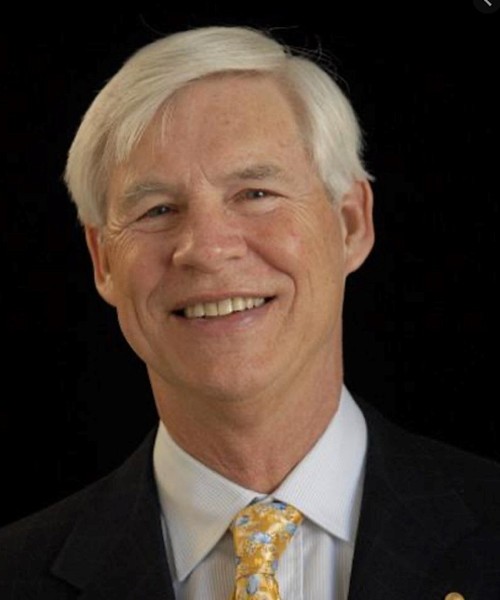New Tools, New Horizons
Traditional volatility models fall short when it comes to pricing long-term, structural risks. Engle’s call is clear, new tools are needed: “ARCH and GARCH models tell you about short-term volatility, not about long-term structural shifts. For climate risk, we need methods that capture exposure to the transition itself.”
He also highlights a promising trend, the use of large language models and AI to detect greenwashing and analyze climate-related disclosures: “There’s work now using LLMs to scan company statements and identify mismatches between rhetoric and reality. That’s the future—auditing not just carbon, but credibility.”
Global Collaboration and the Road Ahead
Given the political climate in the U.S., Engle is concerned about the erasure of climate language from federal research institutions and websites. As a response, he’s helping foster a global research network on climate finance: “We want to build an international platform for sharing data, code, and research—so that climate risk modeling can advance even if politics get in the way.”
One recent success: researchers in China have replicated and extended Engle’s and De Nard’s methodologies, using ChatGPT to identify climate news and build portfolios tailored to local conditions.
The Takeaway: Risk, Resilience, and Realism
For investors, Engle’s message is clear: climate risk is financial risk—even if it's not always priced in yet: “Whether or not you expect green to outperform, integrating climate into portfolios helps hedge against the future. That’s what risk management is about.”
As with geopolitical and market risks, the challenge isn’t avoiding uncertainty—it’s building portfolios that adapt to it.
Conclusion: Building Resilience in a New Risk Regime
Across all three dimensions—geopolitical, market, and climate—one message from Robert Engle stands out: risk is evolving, and so must our investment strategies and tools to manage it.
Whether it’s CoVol shocks triggered by political events, fragility hidden inside passive index structures, or transition risk from decarbonization, traditional models often lag behind the complexity of today’s markets. But new methods—statistical, structural, and even AI-powered—offer paths forward.
As Robert Engle and Gianluca De Nard both emphasize, investors must move from reactive to proactive. Risk-optimized strategies, deeper diversification, and real-time diagnostics can help build portfolios that not only endure stress—but adapt to it.
In an era marked by rapid change and uncertainty, the future of investing belongs to those who can see beyond the noise—and manage risk as a dynamic, multidimensional force.




